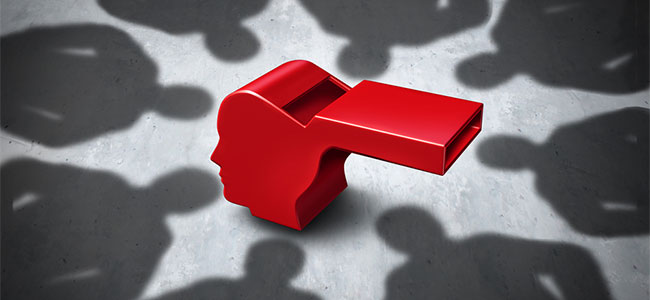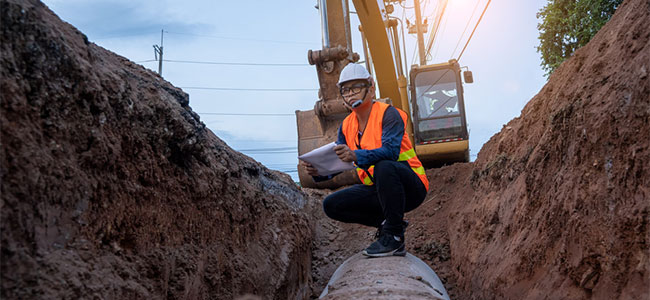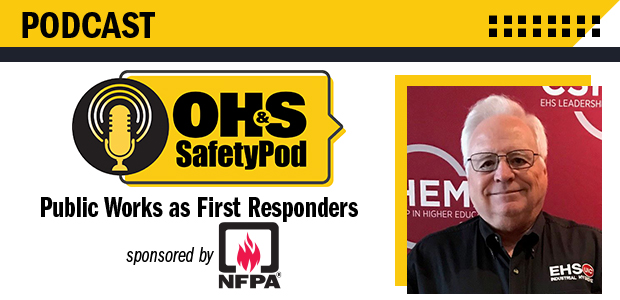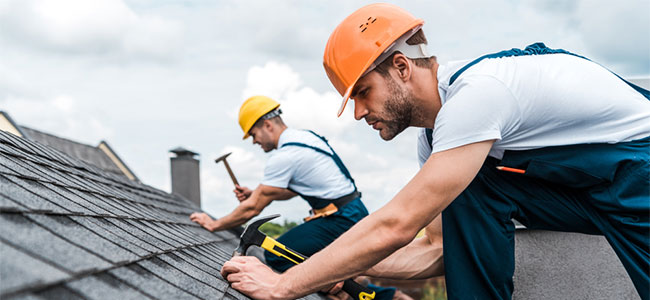
When employees come forward to report misconduct or unethical behavior within their organization, they are known as whistleblowers.

The "Respond Ready Workplace" program addresses workplace overdose deaths.

The presentation focused on non-conventional approaches to near-miss programs.

The annual event offers a combination of networking and educational events.

The grant aims to enhance inclusive workplaces for people with disabilities.

The construction company’s president faces a willful violation citation.

The VPPPA's annual Safety+ Symposium, currently taking place at the Orlando World Center Marriott in Orlando, Fla., has officially opened its expo hall doors, and attendees can explore the latest in safety products, gear, and technologies with over 150 exhibitors.

Attendees have the opportunity to expand their knowledge with a dynamic lineup of sessions on Sept. 19 and 20. Here are three workshops that are must-see sessions for any attendee.

What is the role of public works employees in emergency management and what health and safety risks do they face? Dr. Dennis Terpin joins the podcast to answer those questions and discuss the need for designated safety officers in the realm of Public Works.

The agency proposed $548,801 in fines to the company.